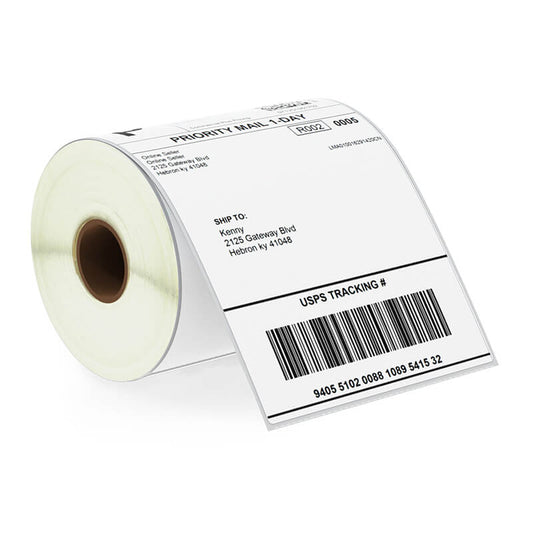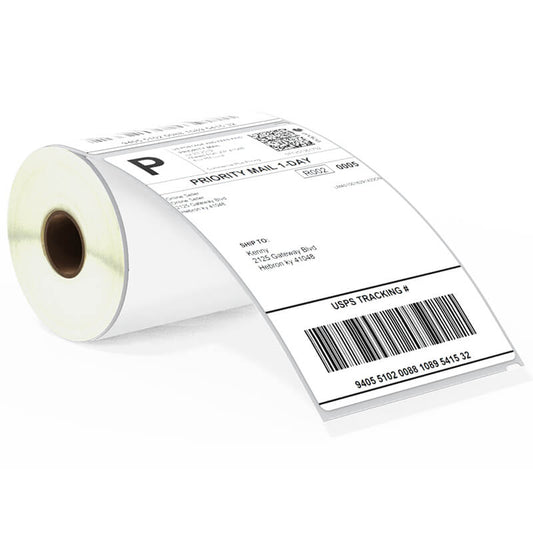

Removable Film Labels

There are hundreds of barcode symbologies currently available. To select the ideal barcode symbology for your business, it is important to take several factors into account when making this selection, including product label size and data storage needs as well as printer and scanner capabilities.
Linear barcodes utilize bars and spaces of various widths to represent letters and numbers, making them popularly used in logistics, shipping and warehousing environments.
Code 39 is an extremely flexible linear barcode symbology capable of representing 43 uppercase letters, numbers and special symbols. It has widespread applications ranging from retail sales tracking and asset tracking through manufacturing processes and asset monitoring - even automotive industries such as assembly or repair can utilize it to keep their parts inventory accurate.

An asterisk symbol must be included to inform scanners that this barcode belongs to Code 39 and prevent any potential misreading issues, thus decreasing scanning errors and helping ensure proper readings of its code.
Code 39's symbology can easily be identified by its unique combination of asterisk start/stop characters, one module-wide intercharacter space, and three wide and six narrow bars on every data element.
Although barcodes can be printed in any orientation, they are most frequently scanned vertically for ease of reading and to create maximum contrast between their bar patterns and spaces.
Code 39 Extended barcode symbology is highly portable and compatible with most scanners, making it an excellent solution for
The flexible symbol can encode both numbers and letters; its full range of ASCII characters, including punctuation marks and special symbols is supported in its Extended version - perfect for medical records, inventory control or product labeling needs!
ITF-14 barcode types tend to skip read more easily while this code requires more printing space compared with Code 128 symbols such as ITF-14 codes or compact codes like ITF-14 barcode symbols do!
Code 93 barcodes are variable-length barcodes designed to encode alphanumeric data. It supports numbers 0-9 and English capital letters A to Z with two check characters added for extra security - helping prevent scanner errors. They're commonly found used by the Department of Defense as name badges or for applications that demand secure and compact data storage solutions.

Two-dimensional (2D) barcodes offer more versatility than their one-dimensional (1D) counterparts by employing various widths and spacings of parallel lines to represent characters, instead of using different patterns for each symbol.
They can be read using mobile phones equipped with barcode scanning software - making 2D barcodes ideal for products with limited label space. Also, easier to read in low light environments as they offer greater resolution reading performance than 1D barcodes.
Today, there are more than 400 bar code symbols in use, from simple alphanumeric data to full ASCII symbols. Which type of barcode symbol you select depends on the data that must be encoded as well as your scanning and printing equipment.
UPC stands for Universal Product Code and is widely used around the world to identify goods. There are two forms of UPC:
You'll also come across the EAN-13 code frequently on products across different sectors - this twelve or thirteen-digit bar code uniquely identifies the manufacturer, product type, attributes and manufacturer information.
UPC-A follows standard barcode format by employing bars and spaces to represent its digits; each digit is represented by two black bars separated by white spaces, each one unit wide. The first five digits identify the manufacturer or GS1 company prefix assigned by this organisation (which specializes in global standards for product identification and barcoding).
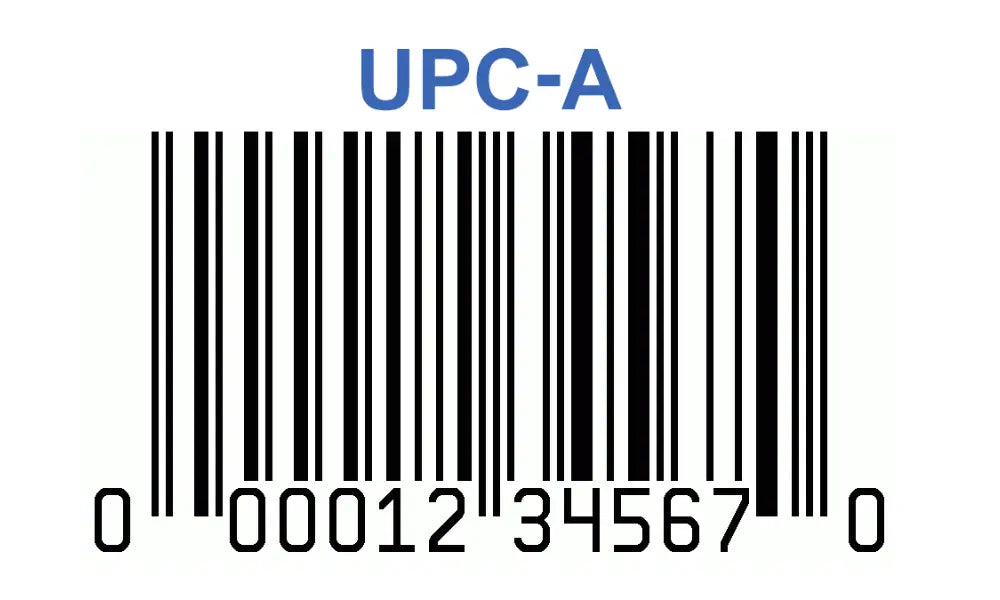
The first 10 digits are for coupons; and, finally, the last three identify the product to the point of sale system. A barcode scanner scans a UPC label, converts its scanned lines to electronic signals, and transmits them to a computer for processing. After reading through all this data it determines if you entered an incorrect number before transmitting price details directly to the cash register.
Like Code 39, UPC-A can be printed on many materials but is particularly suited to paper labels. When space becomes tight for full GS1 identification numbers, these shortened codes, known as GS1 DataBar, may also be printed onto plastics and corrugated boxes for smaller items.
Additionally, they encode additional data like the size of the package and mode of delivery, making them an invaluable asset in shipping and logistics operations.
EAN-13 is an internationally recognized standard for product identification. This code uniquely identifies each item from manufacture to retail sale and allows Amazon and other e-commerce websites such as eBay to quickly locate the proper items to ship out for purchase.
Originating as the European Article Number (EAN-13), GTIN13 (Global Trade Item Number) has evolved into an identification code consisting of 13-digits that includes a check digit. The first three digits identify both a country and a specific product.
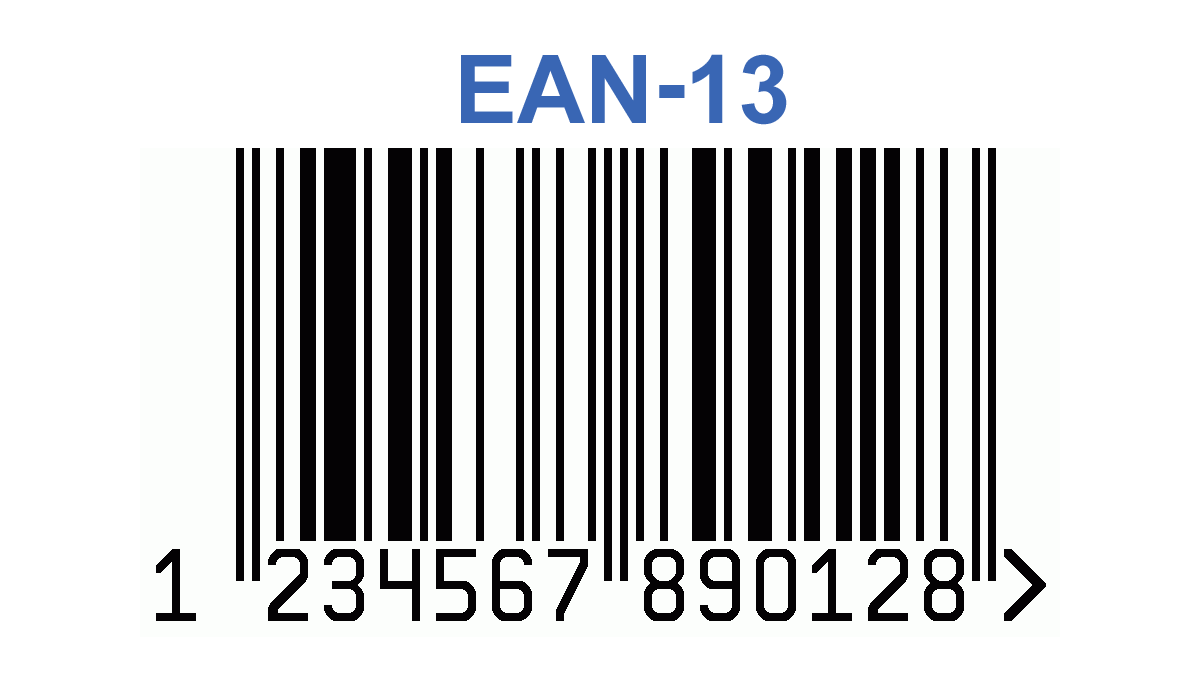
A standard EAN-13 barcode comprises 12 digits; however, to accommodate more information, it can be expanded with supplementary bars. Supplementary bars are smaller bars used to identify products that don't allow for a full EAN-13 code such as candy bars, bottles of shampoo, or small stationery items.
As well as including a GTIN, bar codes may contain additional data like GS1 DataBar identifiers, service type identifiers, and sequence numbers - these additional features allow companies to distinguish between versions of their product as well as identify items scanned multiple times.
GS1 Databar barcodes are one-dimensional (1D) barcodes that use parallel lines with wide and spacing to represent data. A barcode scanner reads these barcodes by deciphering patterns of black and white spaces and bars encoding text, numbers or graphics symbols. Data can also be encoded using two-dimensional (2D) forms that use squares, dots hexagons and other shapes instead of bars.
These two-dimensional barcodes can be read using built-in camera scanners or mobile device apps specifically dedicated to reading 2D barcode reader apps or scanners dedicated to reading these forms of barcode readers.
Linear 1D barcodes are matrix barcodes that contain characters and numbers in their fixed width and height formats, making them an effective way of encoding data quickly and efficiently. Scanners can read these barcodes with ease, providing access to large amounts of information contained within a small space.

GS1-128 barcodes are one of the most comprehensive lineal barcodes, and can contain an abundance of product data. Used to identify boxes, pallets and other items moving through supply chains. Inventory can be tracked in real time.
ITF-14 barcodes use Code 2/5 interleaved technology to encode 14-digit Global Trade Item Numbers. Commonly found in warehouse and shipping applications, ITF-14 features high printing tolerance even when printed onto corrugated packaging.
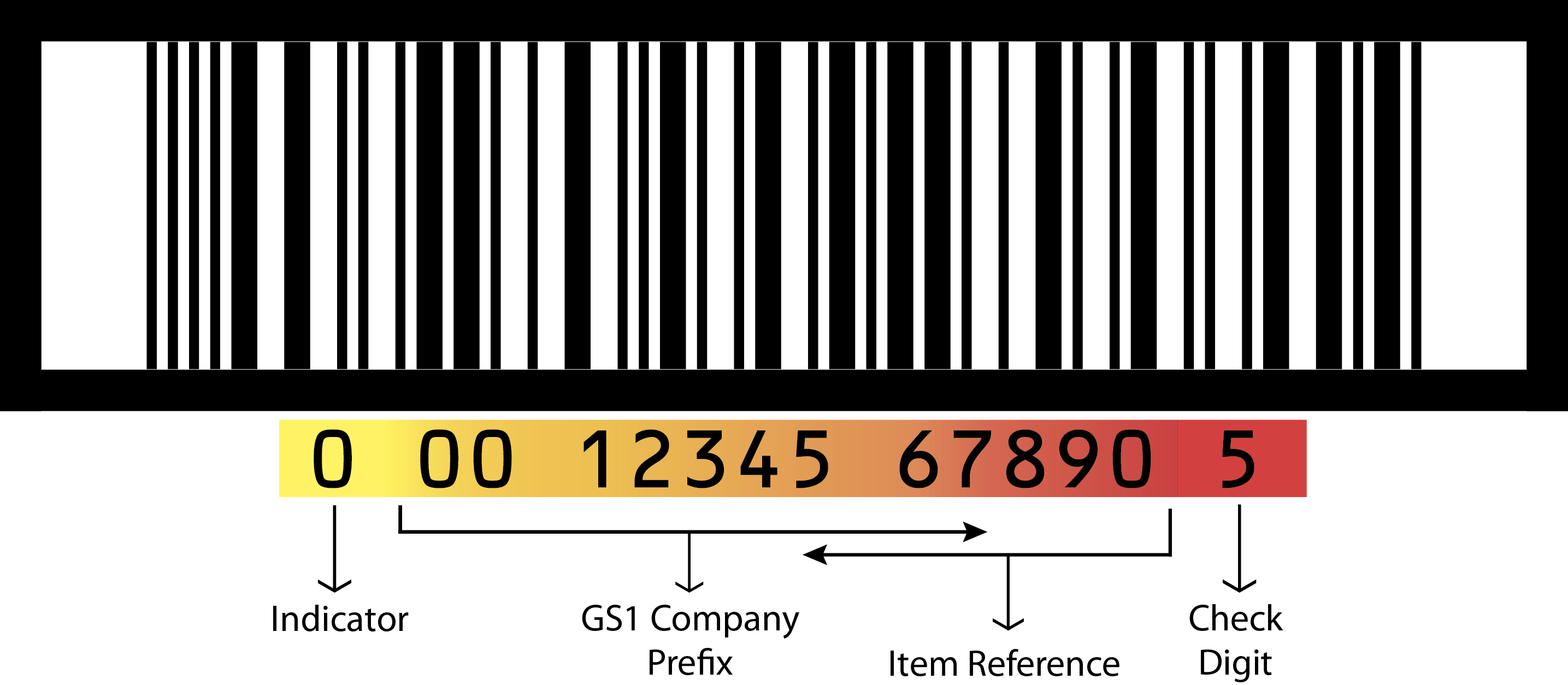
A bearer bar or frame must always surround its symbol to ensure it doesn't interfere with scanning; thick bars must run above and below its symbol at a minimum width of 4.83 mm for this barcode type.

Betckey — Premium Label Solutions for Every Business
About Betckey
Betckey is a trusted provider of high-quality thermal labels designed for eCommerce, logistics, and office operations. We focus on delivering dependable label solutions that are fully compatible with Rollo, Zebra, Dymo, and Brother printers.
Whether you're running a small shop or scaling up a warehouse, Betckey ensures your labeling process is smooth, professional, and cost-effective.
Read more →
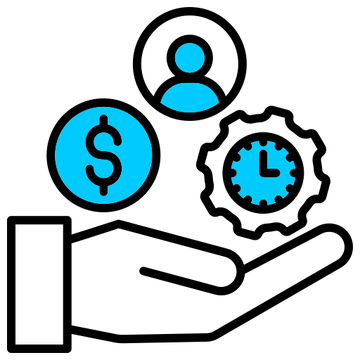
24/7 support team
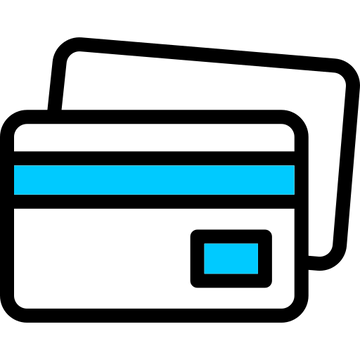
Multiple Payment Methods

Worry-free shopping
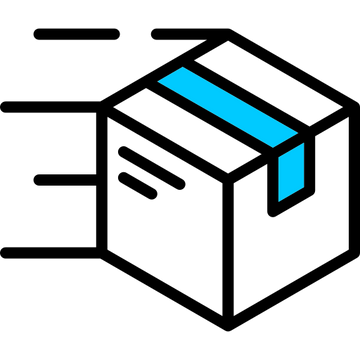
Delivery in 3-7 business days
Be the first to know about label discounts,
product launches, and time-saving tips — subscribe now!
Are you 18 years old or older?
Sorry, the content of this store can't be seen by a younger audience. Come back when you're older.
They are exactly what I need, very easy to use!!!
Everithing was really good, fast delivery, product quality 100% guarantee
Very versatile label for mailing addresses and a marketing to promote a product or get someone’s attention.
Brother DK-2205 Compatible Continuous Labels 2.4" x 100'
Great little labels to use in pricing jewelry. Saves a lot time when you use with a thermal printer. I use on the hang tags and other display cards. Will definitely reorder in the future.
The label is perfect it's very recommended to everyone
iLabel 4x6 Thermal Shipping Label Printer Bluetooth Wireless
Dymo 30256 Removable Film Waterproof Shipping Labels 2-5/16” x 4”

